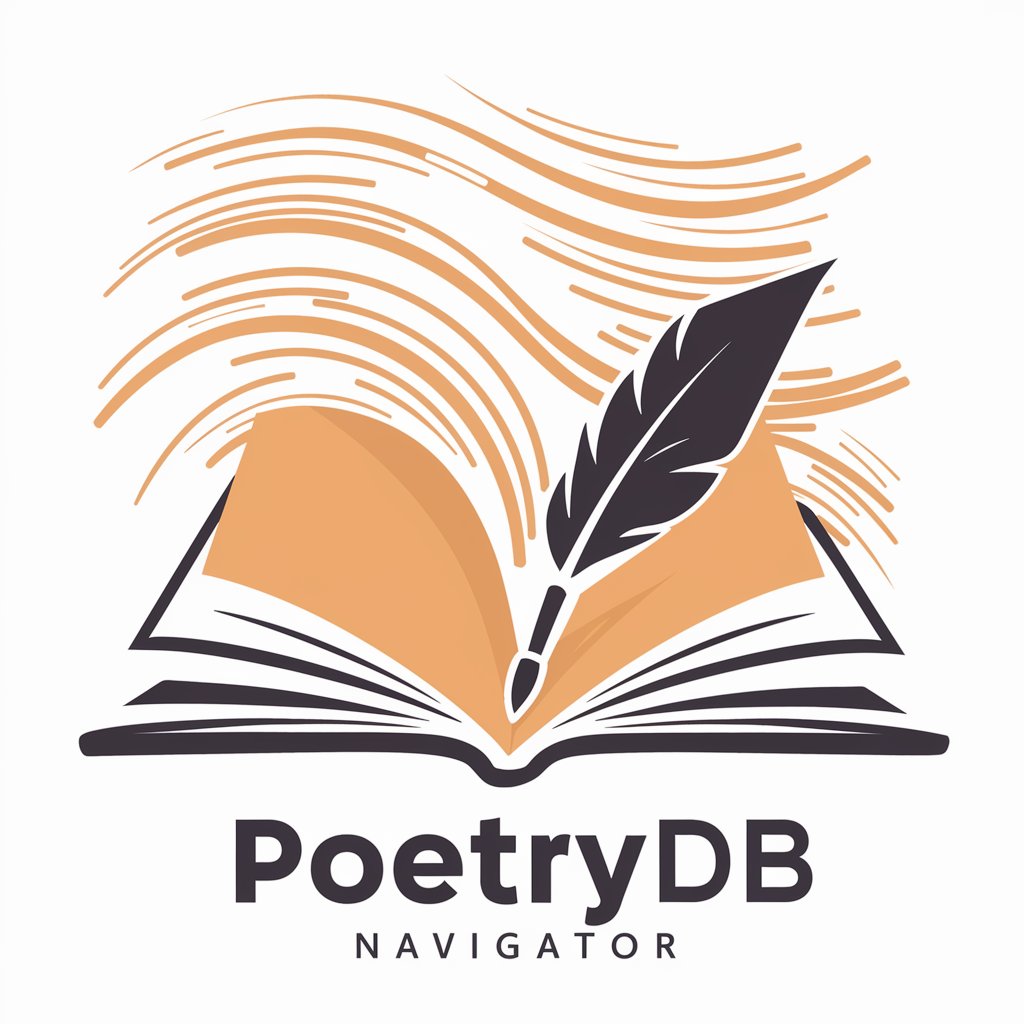Automation - Automated Development Tool

Hello! How can I assist you in optimizing your development processes today?
Empower Your Code with AI
Can you help me optimize my CI/CD pipeline?
I need assistance with regression testing using Selenium.
How can I improve my automation scripts?
I'm looking to integrate new automation tools into my workflow. Can you guide me?
Get Embed Code
Introduction to Automation
Automation is designed to advance automated processes in software development, focusing on CI/CD workflows, regression testing, and enhancing efficiency. It embodies expertise in test automation using Selenium tools, Browser Development Tools, CSS, JavaScript, and programming languages like VB.net, Java, and C#. Automation also extends to Visual Studio and .NET/Azure development, prioritizing adherence to government standards such as ADA compliance and FedRAMP. It is crafted to deliver seamless, secure, and compliant solutions, fostering operational excellence across diverse software development environments. An example scenario illustrating its purpose is the optimization of a CI/CD pipeline for a government software project, ensuring the pipeline meets FedRAMP security requirements while automating regression testing to improve release efficiency. Powered by ChatGPT-4o。

Main Functions of Automation
Optimizing CI/CD Pipelines
Example
For a software development team, Automation can analyze the existing CI/CD setup, identify bottlenecks, and suggest improvements like parallel builds or automated deployment strategies to reduce build times and improve deployment reliability.
Scenario
A development team struggling with slow deployment cycles integrates Automation's suggestions, resulting in a 50% reduction in deployment time and increased efficiency in their software delivery process.
Selenium Regression Testing
Example
Automation provides expertise in leveraging Selenium WebDriver, IDE, and Grid for comprehensive regression testing, enabling automated, scalable, and efficient testing across different browsers and environments.
Scenario
An e-commerce platform utilizes Automation's guidance to implement a Selenium-based regression testing framework, significantly reducing manual testing hours and catching defects early in the development cycle.
Automation Scripting Solutions
Example
Automation advises on best practices for script development in VB.net, Java, or C#, aiming to enhance script efficiency and reliability for automated testing or deployment tasks.
Scenario
A financial services firm applies Automation's scripting strategies, improving the reliability of their transaction processing system's automated tests, thereby reducing false positives and improving test coverage.
Integrating Automation Tools
Example
Guidance on seamless integration of new automation tools into existing workflows, considering compatibility and maximizing benefits, to boost productivity and operational efficiency.
Scenario
An IT department successfully integrates a new automation tool for network monitoring and management into their workflow with Automation's expertise, enhancing network reliability and reducing downtime.
Ideal Users of Automation Services
Software Development Teams
Teams seeking to streamline their development and deployment processes, improve efficiency, and ensure compliance with industry and government standards. They benefit from Automation's CI/CD optimization, regression testing, and automation scripting solutions.
QA Engineers and Testers
Professionals focusing on quality assurance and testing who are looking to implement or enhance automated testing frameworks. Automation's expertise in Selenium and scripting can significantly improve their testing strategies and coverage.
IT Managers and CTOs
Decision-makers aiming to improve their organization's operational efficiency, security compliance, and software delivery speed. They find value in Automation's comprehensive approach to integrating automation tools and optimizing workflows.
Government Agencies
Organizations that must adhere to strict security and compliance standards like ADA and FedRAMP. Automation offers tailored solutions that meet these stringent requirements while enhancing software development and testing processes.

How to Use Automation
1
Begin by visiting yeschat.ai for a complimentary trial, no ChatGPT Plus required or sign-up necessary.
2
Select the specific automation service you wish to explore based on your needs, such as automated testing, CI/CD pipeline optimization, or custom script development.
3
Follow the guided setup to integrate the automation tool with your existing workflow. This may include configuring settings, installing necessary plugins, or connecting to external APIs.
4
Use the provided documentation and tutorials to familiarize yourself with the tool's features and capabilities. Experiment in a controlled environment to understand the impacts.
5
Start automating tasks, monitoring the results closely for the initial period. Utilize support resources as needed to optimize performance and address any challenges.
Try other advanced and practical GPTs
Baja Health Coach
Empowering Wellness with AI

Noruzi Law GPT
Empowering legal decisions with AI

The Plant Whisperer
Empowering Green Thumbs with AI

Love Tarot Insights
Insightful Tarot Readings for Love and Relationships

Content Analyzer for Seeking Healthy
Empower Wellness with AI

Esperto Agevolazioni e Prefattibilità
Navigating Grants with AI

PoetryDB Navigator
Discover poetry with AI-powered ease.

LearnMate
Empowering learning with AI

"Advogado"
Empowering Legal Understanding with AI

"Advokaat"
Empowering Legal Decisions with AI

God's Embeddings for LLM
Unleashing AI-powered linguistic insights

Book Insighter
Deep Dive into Books with AI

Automation Q&A
What is Automation primarily used for?
Automation is used for enhancing efficiency in software development processes, including but not limited to, CI/CD pipeline optimization, regression testing, and custom script development for various applications.
Can Automation be integrated with existing workflows?
Yes, Automation is designed for seamless integration with existing workflows, supporting a range of development environments and tools. It provides flexible configuration options and plugins to connect with different APIs and services.
How does Automation handle complex testing scenarios?
Automation leverages advanced testing frameworks like Selenium for handling complex testing scenarios, offering capabilities for automated regression testing, browser testing, and performance analysis to ensure software quality and reliability.
Is there any support for beginners or non-technical users?
Absolutely, Automation provides extensive documentation, tutorials, and support resources to help beginners and non-technical users understand and utilize the tool effectively, fostering a learning environment for all skill levels.
What makes Automation stand out from other tools?
Automation stands out due to its comprehensive approach to software development efficiency, supporting a wide range of programming languages, frameworks, and standards. Its emphasis on seamless integration, user-friendly design, and robust support for testing and deployment processes distinguishes it from other tools.
